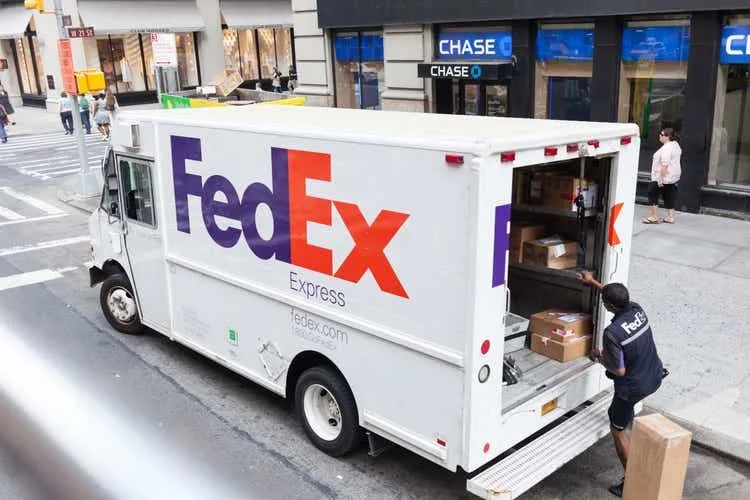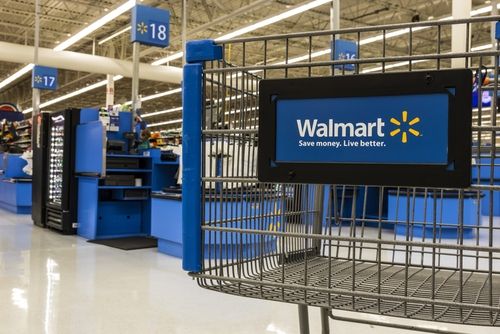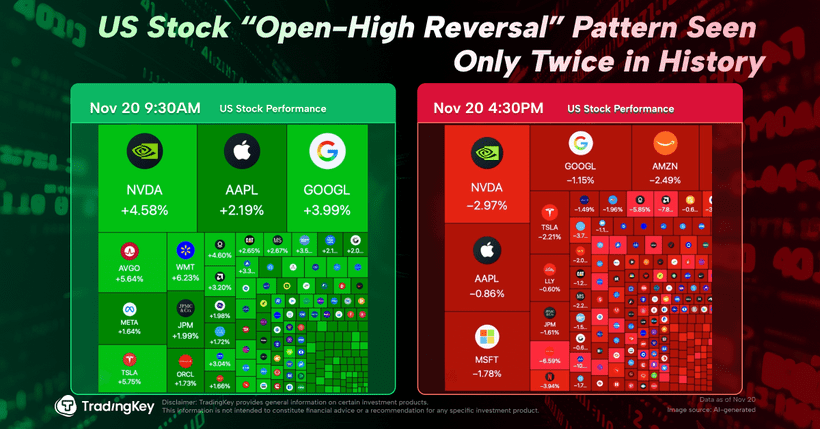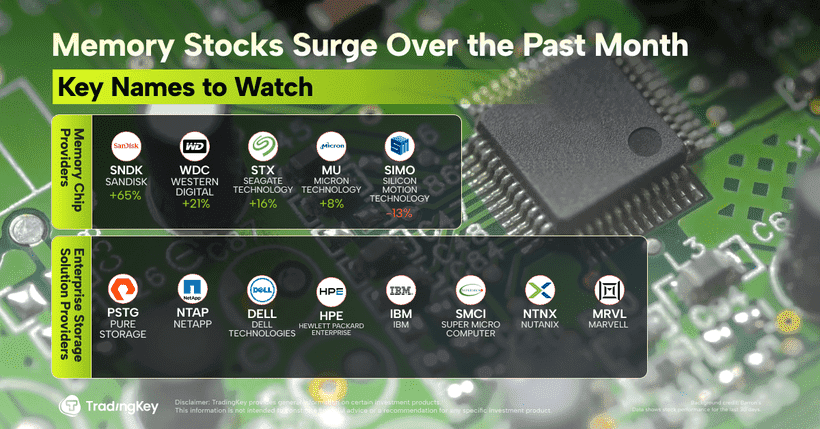FedEx Corp (FDX): Waiting for the Spin-off



.jpg)
Source: TradingView
Investment Thesis
TradingKey - Parcel delivery, the main business of FedEx, is a difficult industry with low margins and low bargaining power against larger e-commerce clients, thus the current low multiple. However, the market ignores two things about the stock - 1) the recent efforts of FedEx in cost savings can deliver 50% upside to the current profit and 2) FedEx is proceeding with spinning off the high value freight business, which has the potential to unlock shareholder value by increasing the multiple.
Company Description
There is a low chance for someone not to be able to recognize the purple-orange put on trucks roaming around the streets, as FedEx is perhaps the most recognizable name in the parcel delivery business. FedEx (FDX) offers logistics, transportation, e-commerce and business services. FDX's has a large global network: serving over 220 countries and territories with its 705 aircraft fleet, more than 200,000 motorized vehicles, and more than 5,000 operating facilities. The company delivers more than 17 million shipments per day.
How Does FedEx Make Money?
FedEx operates two business segments: Federal Express and FedEx Freight.
FedEx Express is basically the last-mile delivery business where goods are transported and delivered to the end customers – both corporate and individual customers. It represents the large majority of the revenue at around 85%. The focus is on small packages that need overnight or fast delivery.
Within this segment, ground services and express services differ from each other. Express services, as we can guess by the name, are more rapid. Another difference between these two is that the express services use FedEx employees, while FedEx Ground often operates with contractors.
Previously, these two were separate business lines but after restructuring, they were merged into one, as the division is getting more blurred.
FedEx Freight is another business line which handles the transport of heavier goods above 75kg via trucks. This is mostly used by small businesses.
.jpg)
Source: Company reports, Deutsche Bank
In terms of geography, FedEx remains focused mostly in the US, as 72% of the revenue is derived from there, and the remaining 28% is from overseas – primarily APAC.
.jpg)
Source: Company Website
Industry and Competition
The courier industry is highly competitive. FedEx is the third largest provider by volume with 19% share, the US Postal Services (USPS) is the leader with 31%, followed by UPS with 24%. Amazon Logistics is close behind at 15%. However, in terms of revenue UPS and FedEx are leading with 37% and 33% respectively.
The relationship between these players is not always a pure competition but can also be cooperative. For instance, FedEx cooperates with USPS, as FedEx benefits from their deep penetration within the country, while USPS benefits from the well-established aircraft fleet of FedEx.
Globally, FedEx competes with DHL. DHL does not have a strong presence in America but it’s really strong in Europe and APAC.
When it comes to the parcel delivery industry, there are few negative points to make:
- Low margin business: Usually single digit operating profit margin, and FedEx is not an exception, forcing industry players to rely on volume to generate revenue
- The barriers of entry for new players are high (investment in logistics and transportation facilities can be quite steep) but it is easy to switch from one provider to another (e.g. switching from FedEx to UPS and vice versa)
- Supporting industry for e-commerce: The over-reliance on e-commerce creates an unequal relationship where parcel delivery companies do not have much bargaining power, while e-commerce giants like Amazon have the capability and the resources to develop their own delivery/last-mile business.
However, this is not the case for freight business:
- Freight margins are significantly higher at above 20%
- Most of the freight customers are smaller businesses and they may not have a strong bargaining power against freight companies
- Freight companies are more closely tied to the global logistics industry and there is more opportunity for tech disruptions here
The difference in the dynamics is reflected in the valuation – with pure play freight players trade at 30x PE and above, while the parcel delivery players are traded at less than 15x PE.
Growth Drivers
There are several growth drivers for FedEx.
Firstly, despite freight being just 11% of the revenue, it is actually an important part of the profit as it contributes nearly 25% of the operating profit before elimination.
.jpg)
Source: SEC Fillings
Why is there upside potential for freight?
Room for margin growth: Firstly, the growth potential in freight is big, as FedEx margins are still much lower than peers like First Dominion (26%).
Spin-off as a potential catalyst: The company plans to spin-off the freight business and this will increase the overall valuation of the company.
Optimization initiatives with Network 2.0: On the parcel side, the company expects around $2 billion of cost savings from the further integration within FedEx Express, and this means:
- Closer of redundant facilities
- Combination of express and ground routes
- Unified back-end infrastructure
Healthcare business can further drive profitability: Currently, 10% of the total company revenue comes from healthcare delivery. This business vertical goes with significantly higher margins than the usual FedEx operations – at around 10%. Also, the secular growth here is higher than average at 5% CAGR, versus the flat-growth broad market.
The net income in the latest fiscal quarter (ended in May) was $4.1 billion, which means there is up to 50% upside if the cost savings are realized successfully.
Valuation
 (1).jpg)
Source: TradingKey
Despite the fact that the industry FedEx operates in has a lot of hurdles, we do see a certain degree of undervaluation. Currently, the company’s stock is traded at 13x the earnings. However, roughly 25% of the profit comes from freight and freight companies are valued way higher, thus a multiple of 16-17x PE is more appropriate, implying around 30% upside for the stock price.
FedEx is the ninth largest holding of Bill Gates. For more information, check the TradingKey Star Investors Tool at: https://www.tradingkey.com/tools/star-investors

Risks
Potential risks for FedEx is, of course, more intense competition from UPS and more aggressive expansion of e-commerce players into parcel delivery.
Macro factors like the overall consumption or the general state of e-commerce can also affect the overall sentiment.
There are also certain idiosyncratic risks such underdelivery in terms of cost savings or unexpected adversaries in the freight spin-off process.







